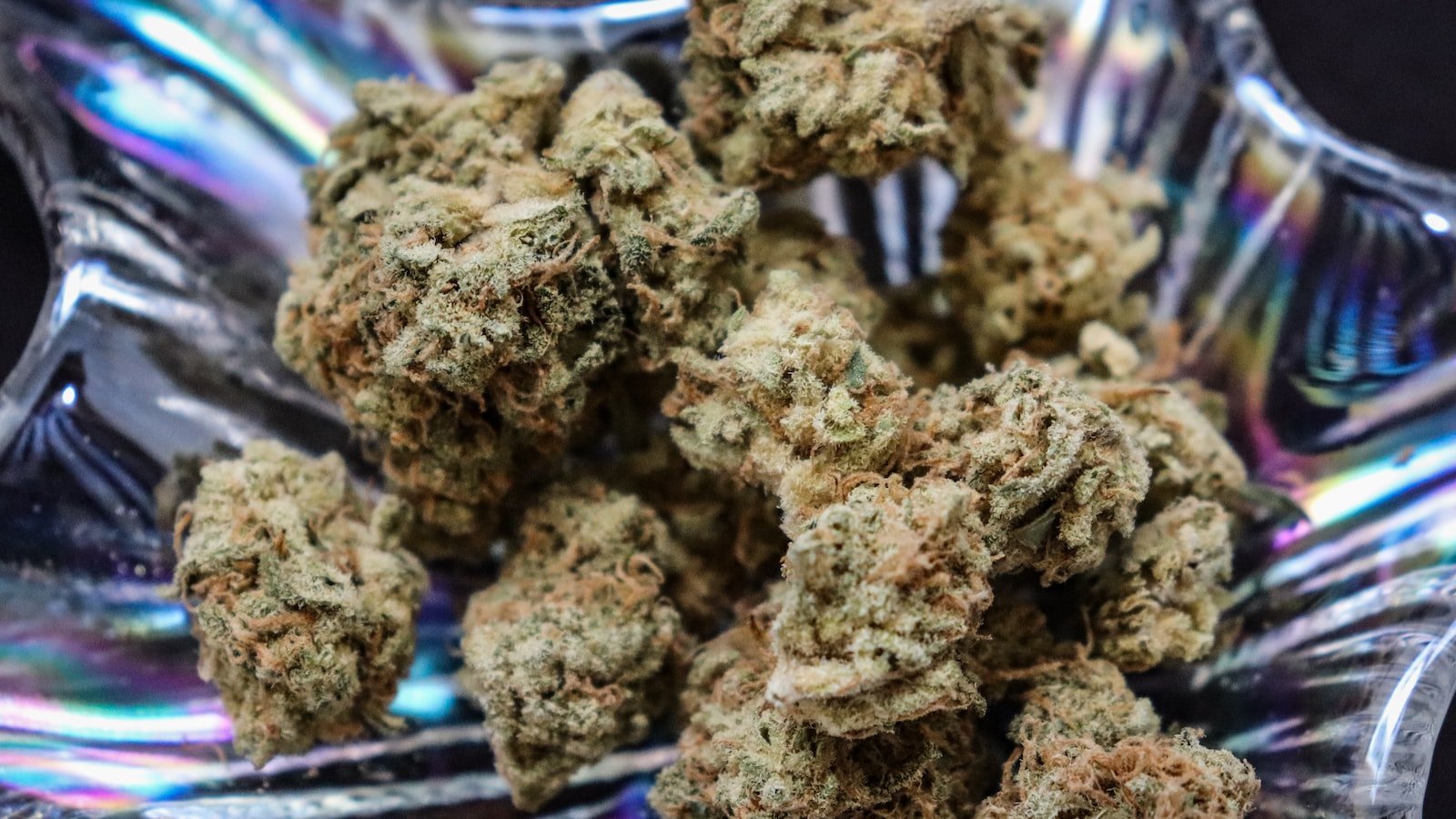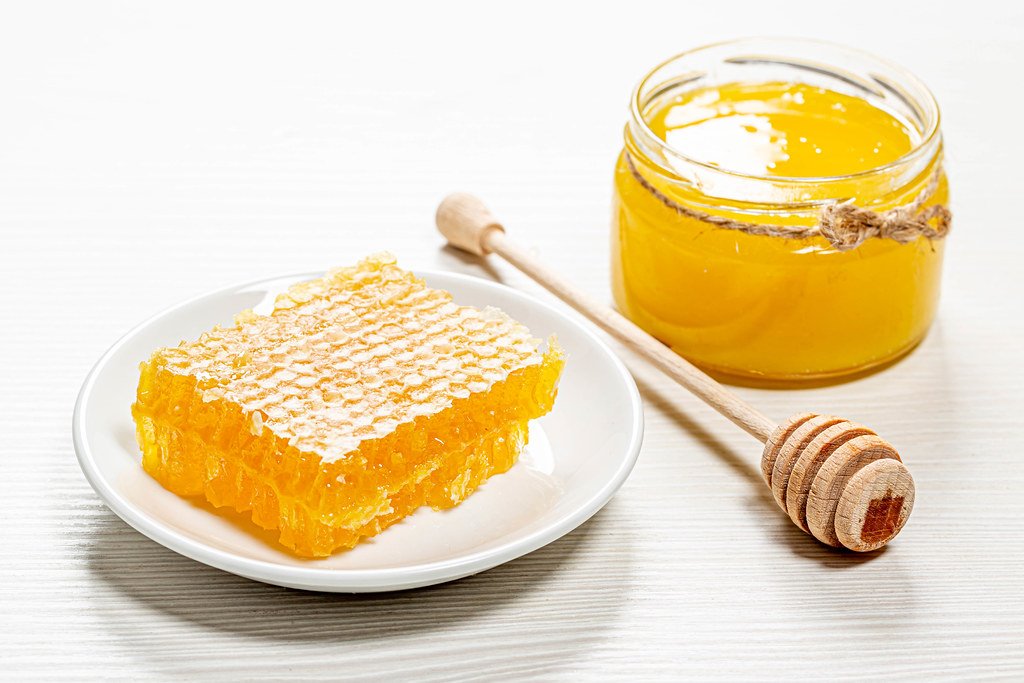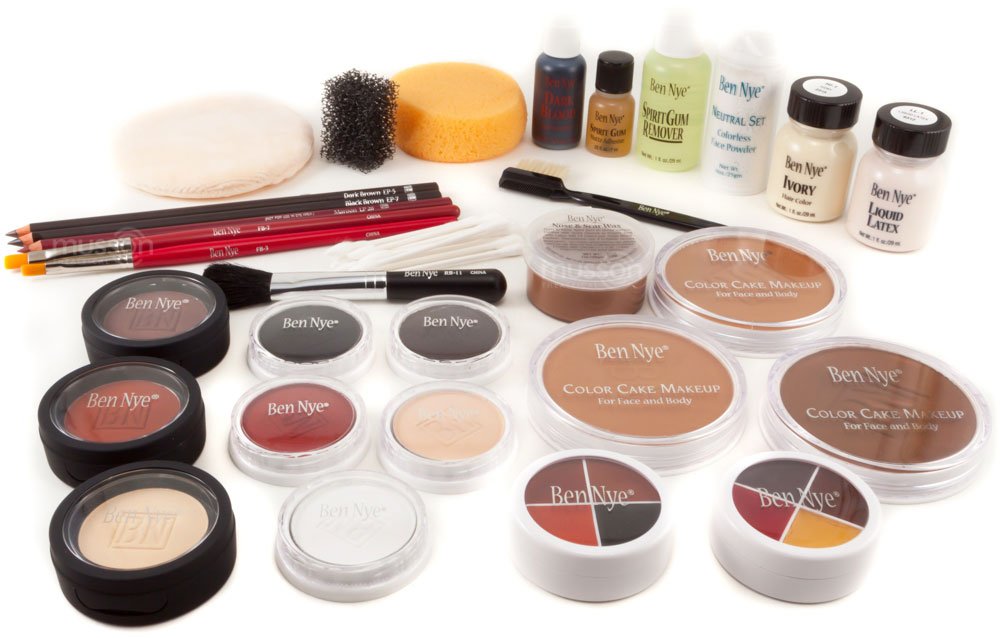With the warm buzz surrounding natural beauty and sustainability practices, it comes as no surprise that bee products have created a notable buzz of their own in the world of cosmetics. From honey to beeswax, royal jelly to propolis, these natural wonders have steadily made their way into an array of skincare and beauty products, captivating consumers with their purported healing and rejuvenating properties. However, as industry interest continues to peak, so do the questions surrounding the legalities of incorporating bee-derived ingredients into cosmetic formulations. As we delve into this intricate beehive of regulations, we unravel the complexities and explore the legal framework that governs the utilization of bee products in the realm of cosmetics.
Table of Contents
- The Legal Framework for Bee Product Usage in Cosmetics
- Understanding the Regulations for Bee Product Ingredients in Cosmetic Formulations
- The Importance of Ethical Sourcing and Sustainability in Bee Product Usage
- Practical Recommendations for Cosmetics Manufacturers on Legal Compliance with Bee Product Usage
- Navigating Intellectual Property Rights and Trademarks in Bee Product-based Cosmetic Industry
- Q&A
- Closing Remarks

The Legal Framework for Bee Product Usage in Cosmetics
There are strict regulations in place governing the usage of bee products in the cosmetics industry. These regulations aim to ensure consumer safety and protect the welfare of bees, who play a vital role in our ecosystem. To achieve compliance, cosmetic companies must navigate a complex web of legal requirements and guidelines.
European Union Regulation (EC) No 1223/2009: This regulation establishes safety requirements for cosmetics within the European Union. It specifies that any bee-derived ingredient used in cosmetics must be adequately purified and free from contaminants that could harm consumers. Additionally, the regulation emphasizes the importance of sustainably sourcing bee products, promoting ethical practices in the industry.
International Organization for Standardization (ISO) Standards: ISO standards provide guidelines for the quality and safety of cosmetic products worldwide. Within this framework, specific ISO standards, such as ISO 16128, outline requirements for organic and natural cosmetics, including those containing bee products. These standards set thresholds for the percentage of natural ingredients and guide manufacturers on product labeling.
Certification and Verification: To comply with legal requirements, cosmetic companies often seek certifications from reputable bodies such as COSMOS, a certification organization for organic and natural cosmetics. COSMOS verifies that bee product usage aligns with organic and ecological principles. Similarly, organizations like the Humane Cosmetics Standard oversee the ethical treatment of bees, ensuring that no harm comes to them throughout the production process.
By navigating this legal framework, cosmetic companies can harness the benefits of bee products while respecting both consumer safety and the environment. Adhering to these regulations ultimately fosters a responsible and sustainable cosmetics industry, supporting the long-term well-being of our planet and its amazing pollinators.
Understanding the Regulations for Bee Product Ingredients in Cosmetic Formulations
When it comes to formulating cosmetics, using bee product ingredients can bring numerous benefits. From beeswax to honey, these natural elements can enhance the texture, scent, and moisturizing properties of beauty products. However, it is crucial to stay informed about the regulations surrounding the use of bee products in cosmetics to ensure compliance and consumer safety.
1. **Ingredient Declarations**: Cosmetic manufacturers must accurately label their products and include a complete list of ingredients. This includes identifying any bee product ingredients used, such as beeswax, honey, royal jelly, or propolis. Clear ingredient declarations help consumers with allergies or specific dietary choices make informed decisions.
2. **Safety Assessments**: Prior to launching a cosmetic formulation that incorporates bee product ingredients, safety assessments need to be conducted. These assessments evaluate the potential risks and determine whether the product is safe for use. It is important to ensure that these assessments comply with the regulations of the country or region where the product is being sold.
3. **Regulatory Agencies**: Keeping up with the regulations set forth by regulatory agencies is crucial for cosmetic manufacturers. These agencies, such as the FDA in the United States or the European Commission’s Scientific Committee on Consumer Safety (SCCS) in the EU, provide guidelines and standards for the use of bee product ingredients in cosmetics. Staying informed about these regulations helps ensure compliance and the safety of consumers.
Remember, understanding and following the regulations for bee product ingredients not only protects consumers but also ensures the ethical and sustainable use of these natural resources. By incorporating bee product ingredients responsibly, cosmetic formulations can offer unique benefits while promoting environmental preservation.

The Importance of Ethical Sourcing and Sustainability in Bee Product Usage
When it comes to bee products, such as honey, beeswax, and royal jelly, ethical sourcing and sustainability play a pivotal role in ensuring the wellbeing of bees and preserving the delicate balance of our ecosystem. Ethical sourcing involves the responsible and humane treatment of bees throughout the entire process, from hive management to harvesting. By supporting ethical beekeeping practices, we can protect these incredible pollinators and their habitats.
Sustainability is equally essential as it ensures that we can continue to enjoy bee products for generations to come. By adopting sustainable methods, such as organic farming practices and using eco-friendly packaging, we can minimize our impact on the environment. This includes avoiding harmful pesticides and chemicals, which can harm the bees and their natural habitats. Choosing bee products that are sustainably sourced not only benefits the bees but also promotes a healthier planet.
Supporting ethical sourcing and sustainability is not just about preserving nature and protecting bees; it is also about prioritizing our health and well-being. Bee products are not only delicious but also possess numerous health benefits. However, if these products are sourced unethically or unsustainably, they may contain harmful residues and have a negative impact on our health. By opting for bee products that are ethically sourced and sustainably produced, we can ensure their purity and quality, allowing us to enjoy their benefits guilt-free.
- Ethical sourcing protects the well-being of bees and preserves their habitats.
- Sustainability ensures the availability of bee products for future generations.
- Supporting ethical sourcing and sustainability promotes a healthier planet and protects our health.

Practical Recommendations for Cosmetics Manufacturers on Legal Compliance with Bee Product Usage
Ensuring legal compliance when it comes to utilizing bee products in cosmetics is of utmost importance for manufacturers. Here are some practical recommendations to help you navigate the complex landscape of regulations and adhere to ethical practices:
- Research and understand local regulations: Each country may have its own specific guidelines regarding the sourcing and use of bee products in cosmetic formulations. Stay updated with the latest legislation and familiarize yourself with the necessary permits or certifications required.
- Source bee products responsibly: Make sure to partner with reputable suppliers who comply with legal standards and sustainable beekeeping practices. Obtaining detailed information about the origin, quality, and authenticity of the bee products you use is essential.
- Perform thorough ingredient analysis: Conduct comprehensive testing and analysis of the bee products you incorporate into your cosmetics. This includes assessing their purity, safety, and compliance with regulatory limits for potentially harmful substances.
- Transparent labeling and documentation: Accurate and clear labeling of products containing bee ingredients is crucial. Clearly indicate the specific bee-derived components, including beeswax, honey, propolis, or royal jelly, on your product labels. Keep detailed records of supplier information, certifications, and batch numbers to support traceability.
- Implement quality control measures: Establish robust quality control processes to ensure the consistency and safety of your cosmetics. Regularly review and update procedures to align with changing regulations or industry best practices.
By following these practical recommendations, cosmetics manufacturers can navigate the legal framework surrounding bee product usage, demonstrating their commitment to compliance and ethical sourcing. Embracing these practices not only protects consumers but also supports the sustainability of the precious bee population.
Navigating Intellectual Property Rights and Trademarks in Bee Product-based Cosmetic Industry
In the dynamic and ever-evolving landscape of the bee product-based cosmetic industry, understanding and navigating the intricacies of intellectual property rights and trademarks is paramount. Protecting your brand, products, and innovative formulations requires a deep understanding of the legal framework surrounding intellectual property.
When it comes to securing intellectual property rights, trademarks play a crucial role in distinguishing your brand from competitors. A well-planned trademark strategy can help establish brand recognition and consumer loyalty. Consider conducting a comprehensive trademark search to ensure your chosen name, logo, or slogan is not already in use. Once you have a unique identifier, it’s advisable to register your trademark with the appropriate intellectual property office to gain exclusive rights to it.
To further safeguard your intellectual property, it is imperative to keep a vigilant eye on potential infringements. Regular monitoring of the market, both online and offline, can help identify any unauthorized use of your trademarks or other intellectual property assets. In the case of infringement, promptly take legal action to protect your rights, which may involve issuing cease and desist letters or pursuing litigation if necessary.
In conclusion, success in the bee product-based cosmetic industry relies heavily on understanding and effectively navigating intellectual property rights and trademarks. By implementing a strategic approach that includes comprehensive trademark searches, registrations, and vigilant monitoring, you can safeguard your brand’s unique identity and ensure your products and innovations remain protected in the market. Remember, proactive protection of intellectual property not only preserves your business’s integrity but also sets the foundation for sustainable growth and success.
Q&A
### What are some common bee products used in cosmetics?
Some common bee products used in cosmetics include beeswax, honey, royal jelly, propolis, and bee venom. These ingredients are prized in the beauty industry for their natural properties and potential benefits for the skin.
### Are there any legal restrictions on using bee products in cosmetics?
The legality of using bee products in cosmetics varies depending on the country and specific regulations. In general, cosmetic products must comply with labeling requirements, undergo safety assessments, and follow any restrictions on ingredients set by regulatory bodies.
### Do bee products require any special certifications or testing?
Certain countries may require specific certifications or testing for bee products used in cosmetics. For example, some countries enforce specific standards for organic bee products or require testing for allergenic substances. It is advisable for manufacturers to research and comply with relevant regulations.
### Are there any potential allergenic concerns with bee products in cosmetics?
Yes, some individuals may have allergies to bee products such as honey, propolis, or royal jelly. Manufacturers must clearly label products containing these ingredients to help consumers with known allergies make informed choices. Patch testing is also recommended for individuals with sensitive skin.
### Can bee products be sustainably sourced for cosmetics?
Sustainably sourcing bee products for cosmetics is crucial to ensure the protection of bee populations. Many manufacturers work with beekeepers who prioritize the ethical treatment of bees and promote sustainable beekeeping practices to minimize environmental impact.
### What ethical considerations should be made when using bee products in cosmetics?
Responsible sourcing and fair trade practices should be employed when using bee products in cosmetics to ensure the well-being of bees and support beekeeper livelihoods. Transparency regarding sourcing practices and commitment to protecting bee populations are essential ethical considerations.
### Is bee venom used in cosmetics considered animal cruelty?
The use of bee venom in cosmetics is a controversial topic. Some argue that collecting bee venom for cosmetic purposes can cause distress to bees, while others contend that it is ethically obtained through specialized methods. It is important for companies to demonstrate transparency and ethical practices with regards to bee venom collection.
### What steps can consumers take to ensure they are purchasing ethically sourced bee products in cosmetics?
Consumers can look for certifications like ”organic” or “cruelty-free” when purchasing bee product cosmetics. Additionally, researching brands that openly communicate their sourcing practices and ethical commitments can help consumers make more informed choices aligned with their values.
Closing Remarks
As we draw the curtains on our exploration of the legalities surrounding the use of bee products in cosmetics, we are left with a buzzing hive of intriguing insights. While navigating the intricate legal landscape can seem as complex as the intricate dance of honeybees, it is essential that we remain conscientious custodians of the natural world.
Like the delicate wings of these remarkable creatures, so too must the regulations surrounding bee-derived ingredients in cosmetics be handled with care. The legal framework, often a dance between industry standards and governmental oversight, strives to strike a balance between consumer safety and environmental preservation.
Amidst this intricacy, one thing becomes abundantly clear: transparency is the nectar that nourishes trust between manufacturers and consumers. Honest labeling and accurate representation of cosmetics infused with bee products becomes not only legally essential but an ethical imperative.
The harmony between the legal requirements and the ethical considerations in cosmetic formulations calls for vigilance from all stakeholders. Government bodies must cultivate a legal landscape that protects the interests of both consumers and fragile ecosystems. Manufacturers, in turn, must embrace their responsibility in adopting sustainable practices and ensuring their products are truthful testaments to their claims.
Furthermore, education emerges as a pivotal aspect in this complex tapestry. By nurturing an informed consumer base, we empower individuals to make conscientious choices, amplifying their impact on the industry and the environment. Knowledge is the key to unlocking the door to change.
In conclusion, the legalities of using bee products in cosmetics, while challenging, unfurl a path paved with opportunity. By carefully respecting the regulations, fostering transparency, and embracing education, we can create a future where the honeyed wonders of bee products can thrive symbiotically with the needs of our planet. As we embark on this journey, let us remember that our actions today shape the world we hand over to future generations, and by treading gently on the delicate petals of legality, we can ensure a harmony that blossoms for all.
As an affiliate, my content may feature links to products I personally use and recommend. By taking action, like subscribing or making a purchase, you’ll be supporting my work and fueling my taco cravings at the same time. Win-win, right?
Want to read more? Check out our Affiliate Disclosure page.